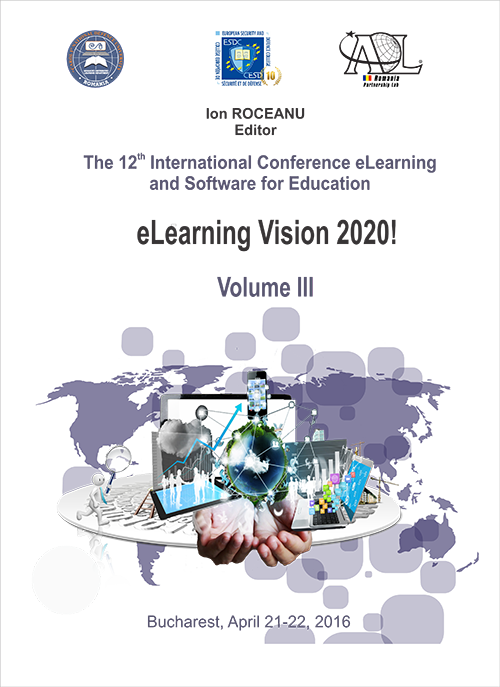THE ROLE OF ONLINE STUDENT-MADE VIDEOTUTORIALS IN APPLIED PHYSICS
THE ROLE OF ONLINE STUDENT-MADE VIDEOTUTORIALS IN APPLIED PHYSICS
Author(s): Marin OpreaSubject(s): ICT Information and Communications Technologies, Sociology of Education
Published by: Carol I National Defence University Publishing House
Keywords: video tutorials; Arduino; LabVIEW; robot-car; roller coaster; water rocket; solar panel; laser barrier;
Summary/Abstract: Video tutorials are a great way to capture students’ attention in science classes. Particularly in the teaching of Physics, the students need to have a good focus and clear explanations when they engage in applied projects, such as the assembling of an Arduino robot. The video tutorials provide, with great clarity and accuracy, step-by-step instructions on how to perform such projects, enabling the students to replay, stop or move forward to certain video sequences whenever needed. When posted online, they become a widely accessible resource that the students can access at any time and integrate into their learning process. This article aims to show how, together with some of my students, I have designed, filmed and edited tutorials for the Physics class which I later uploaded on an online platform, thus making them available for all the other students. This student-made online database of tutorials was meant to provide a link between the field of Physics, Information Technology and Electronics which the students could incorporate into their projects. Some tutorials were concerned with the applied physics projects showing, for example, how to create a solar panel, a water powered rocket or how to build a weather station for school. Others were meant to help students operate with data acquisition devices and with programming environments such as LabVIEW, which is extremely useful for virtual physics experiments. Moreover, a tutorial about the use of an ARDUINO platform was needed in order to show how students could create simple robotic devices. Last, but not least, some tutorials were used as learning materials in class, illustrating the way theory is applied in concrete science projects.
Journal: Conference proceedings of »eLearning and Software for Education« (eLSE)
- Issue Year: 12/2016
- Issue No: 03
- Page Range: 237-244
- Page Count: 8
- Language: English

